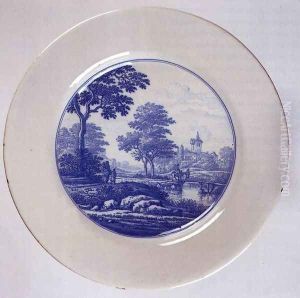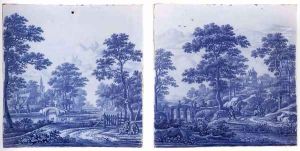Frederik van Frytom Paintings
Frederik van Frytom was a Dutch artist known for his work in the Golden Age of Dutch painting. Born in 1632 in Leiden, Netherlands, Van Frytom was primarily recognized for his detailed engravings and etchings, which often depicted landscapes and scenes of everyday life in the Dutch Republic during the 17th century. He became particularly notable for his skills in the art of glass engraving, a craft that was highly valued in his time for decorating mirrors, goblets, and windows.
Van Frytom's work often featured a meticulous attention to detail and a delicate handling of light and shadow, which was characteristic of the Dutch engravers of the period. His landscapes were not only aesthetically pleasing but also carried a sense of realism that was appreciated by his contemporaries. He captured the Dutch countryside with precision and care, illustrating the various activities of the rural populace, from fishing and boating to farming and milling.
Although not as widely known as some of his contemporaries like Rembrandt van Rijn or Jan Vermeer, Van Frytom's contribution to the Dutch Golden Age of art was significant in the realm of decorative arts. His engravings were often used as designs for Delftware, the blue and white pottery that became emblematic of Dutch craftsmanship in the period. His designs for Delftware included not only landscapes but also biblical and mythological scenes, which were popular motifs of the time.
Frederik van Frytom continued to create art throughout his life, leaving behind a body of work that reflected both the technical skill and the artistic sensibility of the era. He passed away in 1702, leaving behind a legacy that has been admired by art historians and collectors. Although original works by Van Frytom are relatively rare, when they do appear at auction or in collections, they are regarded as important examples of Dutch Golden Age engraving and glasswork.

